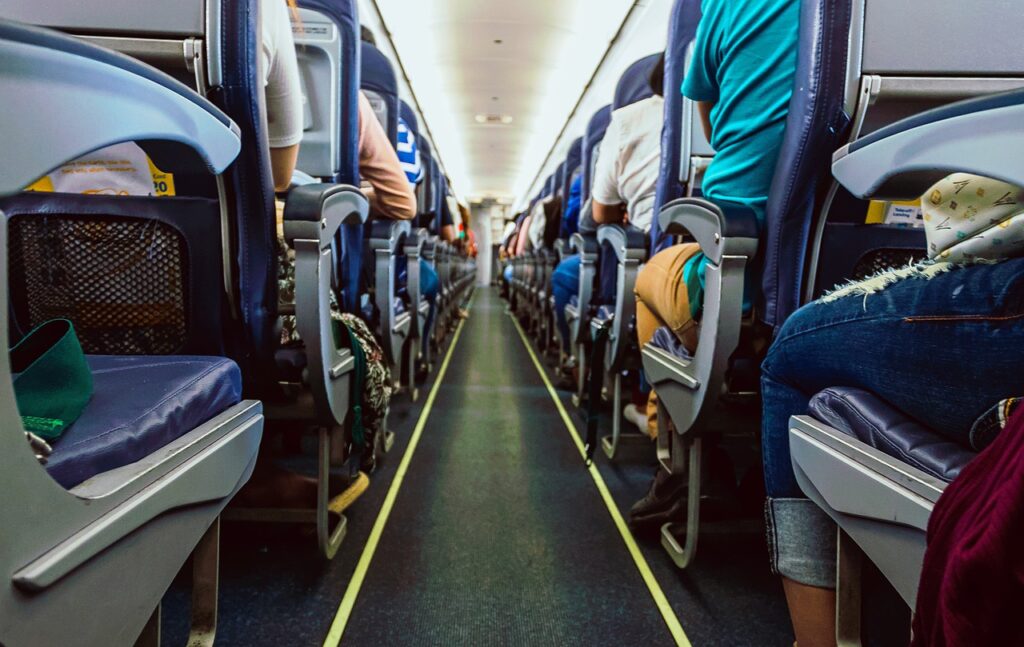
There are countless stress points when flying these days, everything from encountering long security lines to experiencing flight cancellations and delays. But, even if you survive all that, you’re still stuck with the dreaded boarding process. Between passengers crowding the gate area to line up and being stuck waiting behind someone trying to fit their suitcase into the overhead bin, it’s quite apparent that the current boarding process is broken. Travel & Leisure looked into whether there is a better way to board a plane.
Most airlines use a process called “block boarding” in which each passenger is assigned a zone, and one zone boards at a time. However, the zones don’t necessarily relate to the sections of the plane. As the article explains, “They’re actually designated based on factors like cabin class, frequent flier status, whether or not you hold an airline credit card, and fare class.” Typically Zone 1 is first and business-class passengers as well as those with elite status in frequent flyer programs. The last zone is for passengers who booked basic economy class tickets that do not include pre-assigned seating or carry-on luggage. Their seats could be anywhere in the cabin, typically middle seats which causes the aisle passenger to have to get up, further slowing down the boarding process.
It’s easy to see why blockboarding is not the fastest process. The article says that honor goes to the Steffen Method, named after a UNLV astrophysics professor. It calls for boarding window passengers first, then middle, and finally those sitting in aisle seats and boarding by alternate rows.
While this system seems to work best mathematically, many concede it’s just not practical because it would mean parties traveling together would not board together. It looks like we will need to contend with the standard front-to-back boarding process.
Would you be willing to try the Steffen Method? Message The Seniors Trust on Facebook or Twitter and let us know if you think it’s time airlines change the way we board a plane.
